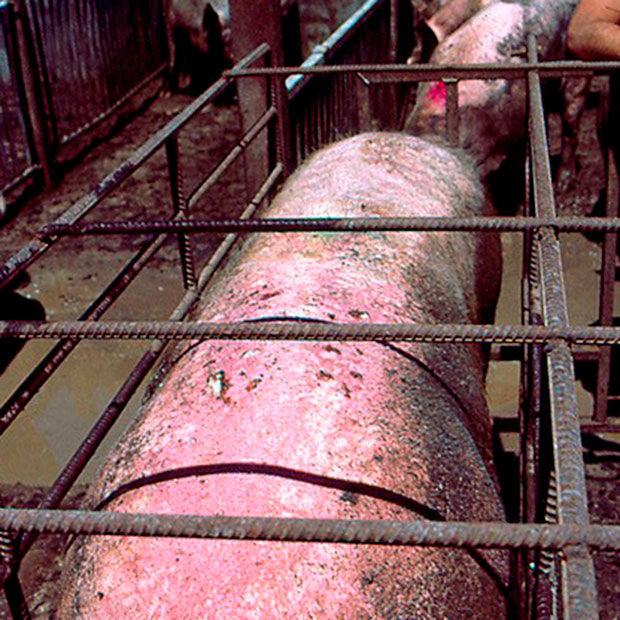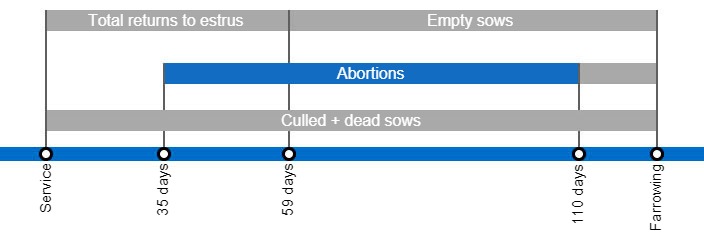Abortions are the intrauterine death of fetuses (involving loss of gestation between days 35 and 110). All of the fetuses are expelled. The percent of abortions among serviced sows should always be less than 2%. When this level is surpassed and the abortions are concentrated around certain times of the year, we should consider seasonal problems.
Sesonality is typical during two times of the year:

- Autumn: “Fall abortions”: basically due to the change in the photoperiod that influences the maintenance of gestation together with a poorer body condition of the sow at weaning and the beginning of somewhat colder nights. The most common months for this to occur in the northern hemisphere are September, October and November. To counteract this type of gestation loss it is necessary to ensure that the hours of light (minimum 14 h) and intensity (min. 250-300 lux) are maintained, while at the same time ensuring a feed intake approximately 30% higher than the maintenance needs, and if possible having a boar presence daily to maintain higher levels of progesterone.
- Spring: typical of facilities with outdoor yards where the sun can burn the sows' skin. The most frequent months for this to occur in the northern hemisphere are April and May. The solution in these cases is very simple: provide shade.

Sow with sunburned skin.
Use the flow chart to continue your troubleshooting or to access other parts of the tool.

Types of gestation losses that can lower the farrowing rate, detailing the different types of returns to estrus based on when they occur.





